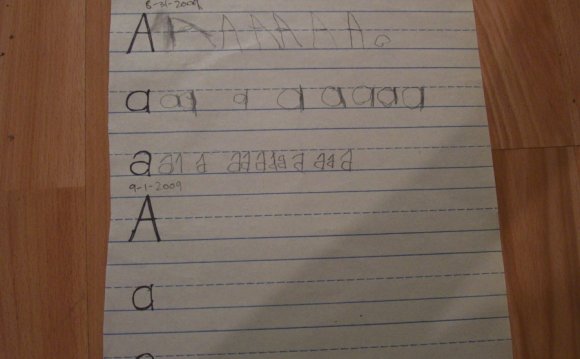
Question: "What is the Majority Text?"
Answer:
The Majority Text, also known as the Byzantine and Ecclesiastical Text, is a method of determining the original reading of a Scripture by discovering what reading occurs in a majority of the manuscripts. As the Greek New Testament was copied hundreds of times over 1500 years, the scribes, as careful as they were, occasionally made mistakes. The vast majority of these mistakes are in misspellings, or in whether "the" or a preposition occurs. It is important to remember, though, that no doctrine of the Christian faith is put into doubt by these textual questions. The testimony of the thousands of manuscripts over 1500 years is entirely consistent on all the key issues of the Christian faith.It is vital, though, that our Bibles are as accurate as possible. The accuracy of the manuscripts plays a large role in determining the accuracy of the translation. While the presence of a the is not usually vital to the meaning of a verse, there are times when it can be. This is where the science of “textual criticism” comes in. The goal of textual criticism is to examine all of the available manuscripts, and by comparison and contrast, to determine what the original text truly was.
The Majority Text method within textual criticism could be called the “democratic” method. Essentially, each Greek manuscript has one vote, all the variants are voted on by all the manuscripts, and whichever variant has the most votes wins. At first glance, the Majority Text method would seem to be the most likely to result in the correct original reading. The problem is that the Majority Text method does not take into account two very important factors: (1) The age of the manuscripts, and (2) the location of the manuscripts.
(1) The age of the manuscripts. The more times a manuscript is copied, the more likely it is that errors will occur. A first-generation copy——one that was copied directly from the original——is very likely to be closer to the original than a tenth-generation copy (a copy that was copied from a copy, from a copy . . . from the original). Manuscripts from the 2nd, 3rd, and 4th centuries should be far closer to the originals than manuscripts from the 12th, 13th, and 14th centuries. The problem is that the majority of the manuscripts are from the 12th, 13th, and 14th centuries. To illustrate, let’s say there is a man named James Smith. Let’s say you are attempting to discover James Smith’s middle name. Who would be a better source, James Smith’s one thousand great-great-great-great-great-grandchildren, or James Smith’s son? Of course it would be James Smith’s son. Similarly, a 2nd- or 3rd-generation copy of the New Testament is far more likely to be correct than a 12th- or 13th-generation copy.
MORE TRANSLATION VIDEO












